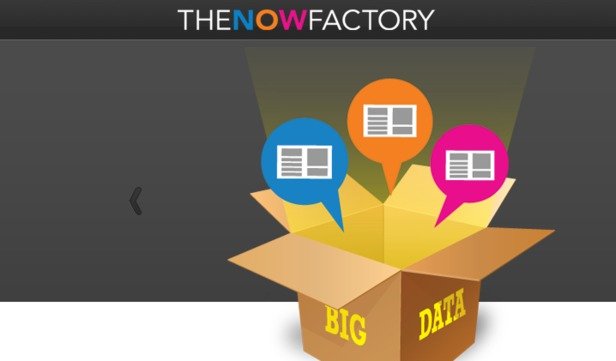
“You gotta spend money to make money.”
We’ve all heard that infamous phrase, right?
For digital marketers who are used to bootstrapping just about everything, such advice might seem totally backward.
However, success stories in the world of ecommerce understand the value of reinvesting in their storefront over time.
Because while there might be a ton of free tools and functionalities to get your store off the ground, it’s what happens after money starting rolling in that determines your long-term earning potential.
Rather than sit on a bare-bones storefront that just gets the job done, consider how you can reinvest a portion of your earning to take your site to the next level.
But where do you even start?
Below are six smart ways to reinvest into your site that won’t break the bank but have the potential to produce significant returns in the form of traffic, conversions and sales.
Rethink Your Payment Processor
Efficient ecommerce is about getting the most out of each and every sale. In some cases, this might mean doing a double-take on how you accepting payments.
Using the native payment system from your ecommerce platform (think: Shopify) can save you money versus the likes of PayPal, for example.
“If you’re using Shopify, you can use their own payment gateway,” says David Zheng of WiseMerchant. “In which case you will have a lower transaction fee (between 0.5% and 2% depending on your plan)”.
And on a similar note, it might also make sense to reinvest funds so you can accept more payment options (think: Stripe). Look at what your competitors are doing and use that as a baseline for what your own business should accept as a sort of bare minimum.
Conduct a Third-Party Site Audit
Sometimes it pays to get an objective opinion on our site and its performance.
From SEO audits to UX tests, paying someone to assess your site can be a worthwhile investment to figure out what you might need to fine-tune. You don’t need to splash a ton of cash to make any fixes, either. The mere act of knowing what you should work on (think: keywords, site copy, CTA placement and so on) is a good starting point.
Rev Up Your Content Creation
Hiring freelancers and contractors to create more content for your site is a long-game tactic to ensure that your store continues to drive relevant traffic. Whether it’s ongoing blog posts or a one-time “push,” invest in high-quality writers with proven track records. You can use platforms like Upwork and Fiverr to find talent at an absolute bargain.
Look into New Paid Tools and Plugins
Although there are plenty of free tools out there to get your ecommerce business off the ground, upgrading to premium options
Maybe that means stepping up your CRM. Perhaps it means looking into a new opt-in tool such as OptinMonster or CRO tools like Hotjar.
Paid platforms typically have more robust features which can better inform your ecommerce strategy. For example, access to in-depth metrics and audience behavior is invaluable versus simply relying on the likes of Google Analytics.
Don’t just go blindly buying SaaS subscriptions, though. Do your homework by reading reviews and figuring out what’s in your budget for the short-term. Furthermore, consider running a few free trials and demos to get your feet wet with what’s out there.
Run Some Social Ads
Facebook ads for ecommerce are noted to have an incredibly high ROI, especially for those remarketing to former customers and site traffic. Running ads might seem like a hefty investment, but it doesn’t have to be given how specific Facebook allows you to set your parameters.
If nothing else, you should familiarize yourself with Facebook’s ad platform and its capabilities. A small, short-term test ad can go a long way to learning about your current audience and creating lookalike audiences to market to later.
Bring Some Influencers on Board
Last but not least, consider hopping on the influencer marketing bandwagon. Especially if you’re selling physical products, working with social influencers within anywhere between a few thousand to hundreds of thousands of followers can pay huge dividends.
Influencers typically have highly engaged audiences and can give your product a sense of much-needed authenticity. Some smart influencer campaign ideas include giveaways, shout-outs and influencer-exclusive promotions to introduce your brand to a totally new audience.
Rather than let the momentum of your money-making store stagnate, take the steps to keep the ball rolling. Reinvesting in your site is the best way to do exactly that: any combination of these tips is fair game for stepping up your store at its most critical point of growth.
This is an article provided by our partners network. It might not necessarily reflect the views or opinions of our editorial team and management.
Contributed content

Founder Dinis Guarda
IntelligentHQ Your New Business Network.
IntelligentHQ is a Business network and an expert source for finance, capital markets and intelligence for thousands of global business professionals, startups, and companies.
We exist at the point of intersection between technology, social media, finance and innovation.
IntelligentHQ leverages innovation and scale of social digital technology, analytics, news and distribution to create an unparalleled, full digital medium and social business network spectrum.
IntelligentHQ is working hard, to become a trusted, and indispensable source of business news and analytics, within financial services and its associated supply chains and ecosystems.

























